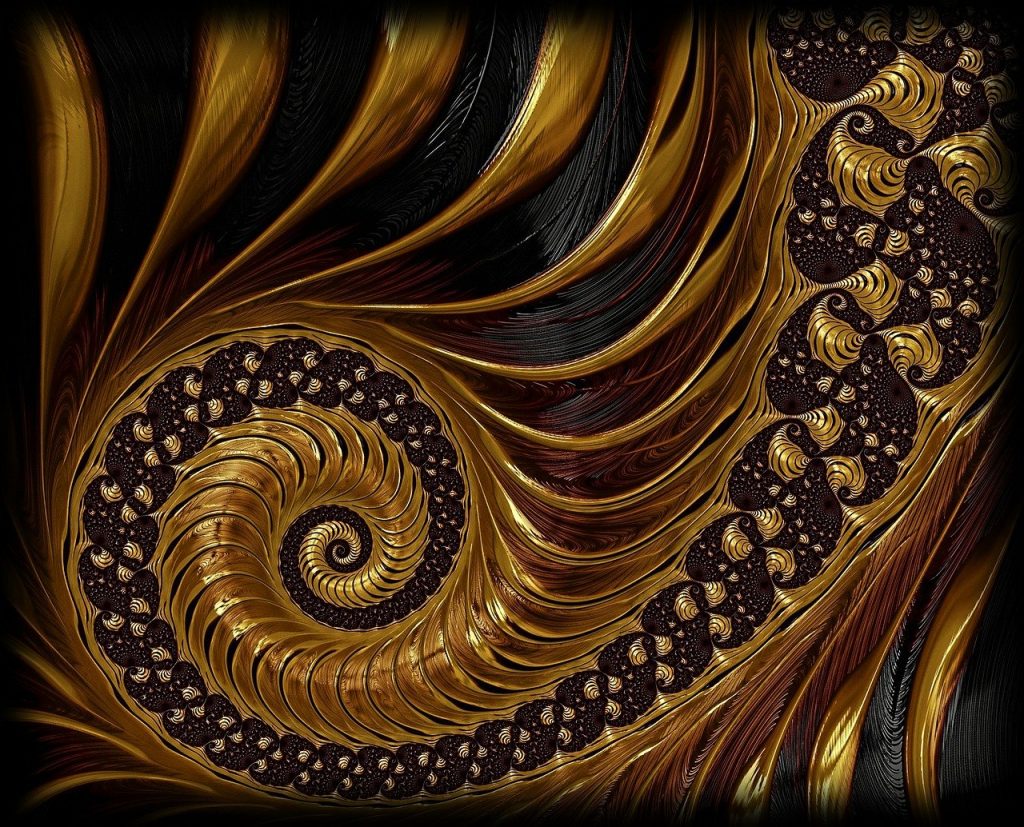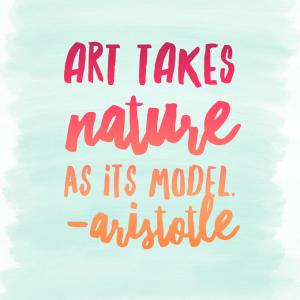 During the United Nation General Assembly (UNGA) held in NYC last Sept 22-23, 2024 a groundbreaking artwork captioned as “Large Nature Model: Coral” was presented as an example of how artificial intelligence can be harnessed to promote and encourage environmental conservation. Developed by the studio of the world famous media artist Refik Anadol, a machine learning algorithm was used in presenting and installing 100 million coral reef images as an unprecedented immersive installation showcasing the complexity and vastness of the Earth’s oceans. The monumental installation is a poignant reminder of mankind’s continuing fight for the future of the planet.
During the United Nation General Assembly (UNGA) held in NYC last Sept 22-23, 2024 a groundbreaking artwork captioned as “Large Nature Model: Coral” was presented as an example of how artificial intelligence can be harnessed to promote and encourage environmental conservation. Developed by the studio of the world famous media artist Refik Anadol, a machine learning algorithm was used in presenting and installing 100 million coral reef images as an unprecedented immersive installation showcasing the complexity and vastness of the Earth’s oceans. The monumental installation is a poignant reminder of mankind’s continuing fight for the future of the planet.
World leaders of governments, prominent members of civil society and other notable stakeholders who gathered at the summit had the unique opportunity to experience Refik Anadol’s artwork. According to Melissa Fleming, the current UN Under-Secretary-General, “Large Nature Model: Coral” is a manifestation of the beauty and fragility of Earth’s natural world, reminding world leaders of the need to harness the ingenuity and powers of technology and human agencies to trigger actions toward protecting our planet.
“Large Nature Model: Coral” Exemplifies the Power of AI
 “Large Nature Model: Coral” exemplifies the power of artificial intelligence (AI) in shedding light over the consequences of environmental degradation, and to inspire innovative solutions. Anadol’s artwork serves as a tribute to the power of combining art and science for instilling a much needed sense of responsibility of protecting the natural world. The artist explains that the coral reef ecosystems are dying at an alarming rate, being the most vulnerable to the adverse impacts of climate change.
“Large Nature Model: Coral” exemplifies the power of artificial intelligence (AI) in shedding light over the consequences of environmental degradation, and to inspire innovative solutions. Anadol’s artwork serves as a tribute to the power of combining art and science for instilling a much needed sense of responsibility of protecting the natural world. The artist explains that the coral reef ecosystems are dying at an alarming rate, being the most vulnerable to the adverse impacts of climate change.
Vilas Dhar, the President at the Patrick J. McGovern Foundation said that Refik Anadol’s exceptional vision in using AI technology to create an artistic expression, has opened new pathways for sparking a deeper emotional connection with the natural world. “Large Nature Model: Coral, inspires creative and scientific explorations that also help humanity see the opportunities for building a sustainable future for the planet.





